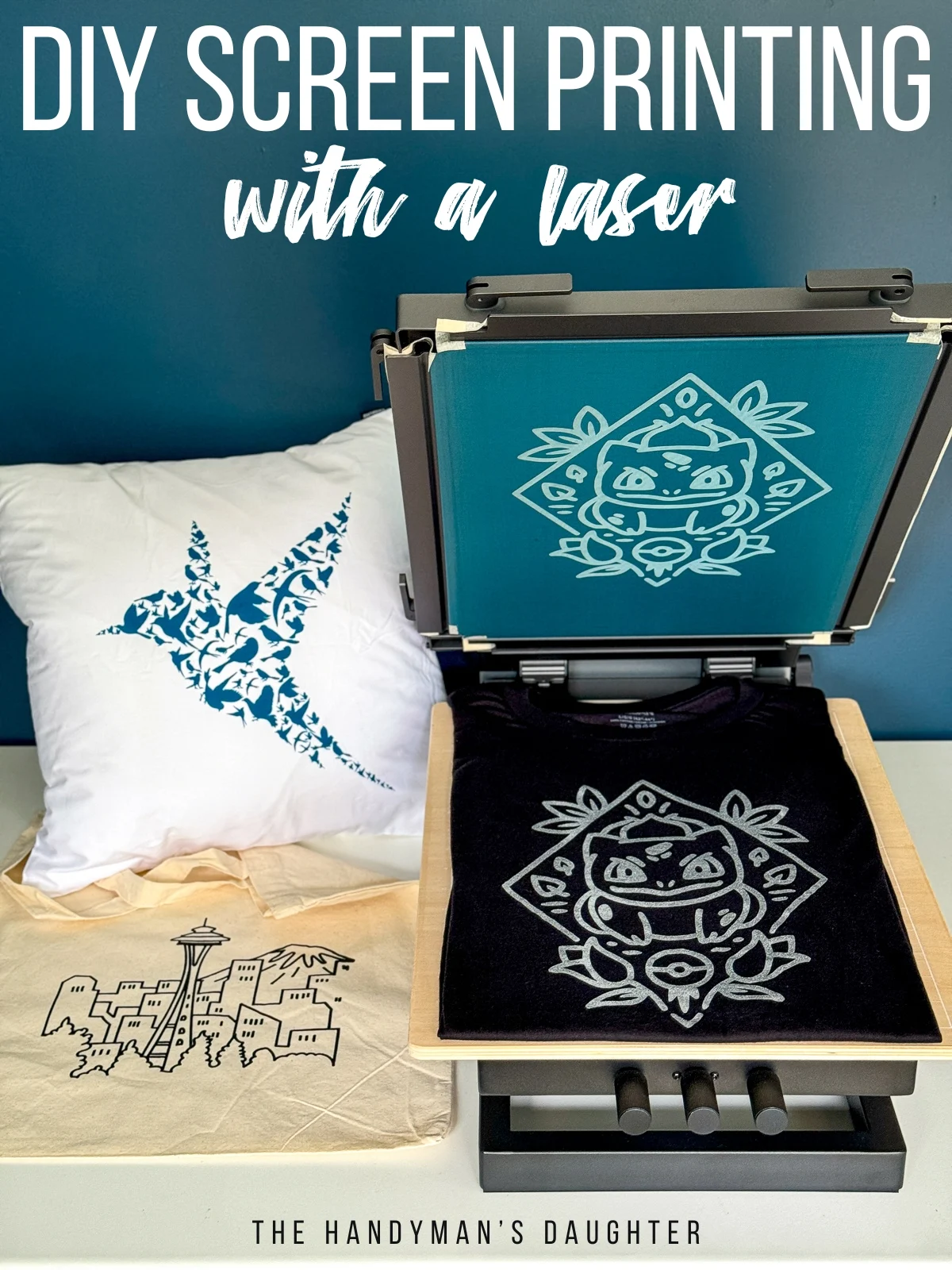The Vital Guide to Comprehending Screen Printing and Its Versatile Utilizes
Screen printing has an abundant history that goes back to old times, evolving into an innovative method used throughout various sectors today. This guide explores the ins and outs of the screen printing process, detailing its applications in fashion, home, and marketing decoration - 10:9 Design reviews. Recognizing these principles can open up imaginative capacity for both artistic and industrial tasks. The following sections will certainly disclose important ideas and strategies to enhance one's screen printing ventures
The Background of Screen Printing
Screen printing has origins that trace back centuries, its evolution mirrors the technological and artistic developments of various cultures. Originating in ancient China, the method was at first utilized for enhancing fabrics and later infect Japan, where it came to be integral to Ukiyo-e woodblock printing. The approach changed to Europe in the 18th century, where it acquired appeal amongst artisans and industrial printers. The innovation of photo emulsion in the 20th century revolutionized screen printing, permitting for even more complex layouts and greater efficiency. Artists like Andy Warhol further moved its popularity, using the tool to develop famous jobs that mixed commercialism and great art. By the late 20th century, screen printing had developed itself as a flexible technique, employed in fashion, advertising, and great art. Today, it remains to evolve, incorporating electronic innovation and expanding its applications across different industries.
The Screen Printing Process Explained
Screen printing changes imaginative visions into tangible styles via a series of specific steps. A picture is developed and then moved onto a screen, normally made of fine mesh textile stretched over a frame. A light-sensitive emulsion is related to the screen, which is revealed to light, solidifying in areas not covered by the photo. After cleaning out the unhardened emulsion, a pattern is formed.
Next off, the screen is placed over the substrate, whether it be fabric, paper, or another product. Ink is then pressed with the open locations of the stencil making use of a squeegee, depositing the layout onto the substrate listed below. This process can be duplicated for multiple colors, needing separate displays for each color. The published item is healed using warmth to ensure the ink sticks correctly, resulting in a sturdy, dynamic layout ready for usage.
Types of Screen Printing Techniques

Additionally, specialized methods, such as discharge screen printing, get rid of dye from the fabric to develop softer prints, while aluminum foil screen printing applies metallic foil to attain a shiny coating (10:9 Design near me). Each method supplies distinct attributes, dealing with various imaginative needs and production scales, eventually broadening the opportunities within the screen printing domain name
Applications of Screen Printing in Different Industries

In addition, the signage and advertising and marketing sectors use screen printing for creating captivating display screens and banners. This method allows for bold colors and detailed designs that catch focus. In electronic devices, screen printing is utilized for using conductive inks to motherboard, vital for component connections. In addition, the home décor industry embraces screen printing to create distinct layouts on textiles and wall art. Generally, screen printing acts as an essential tool across diverse areas, improving items with individualized and aesthetically appealing graphics.
Tips for Effective Screen Printing Projects
While embarking on a screen printing task, careful attention to information can significantly enhance the final outcome. First, picking high-quality products is crucial; this consists of the screen, inks, and substratums. Using ideal mesh matters can impact ink deposition and you could look here detail resolution. Preparation is equally important; comprehensive cleansing of displays and proper direct exposure times assure crisp prints.
Next off, precise registration is critical for multi-color prints. Using alignment tools can help attain exact layering. Furthermore, testing prints on scrap materials before production helps identify potential issues without throwing away sources.

Frequently Asked Questions
What Materials Are Best for Screen Printing on Fabric?
Cotton and polyester blends are excellent for screen printing on textile as a result of their resilience and ink absorption. Additionally, specialty fabrics like silk or canvas can produce unique textures and finishes, enhancing the overall design high quality.
How Do I Clean and Maintain Screen Printing Tools?
To preserve and clean screen printing tools, one ought to regularly clean displays with ideal solvents, examine squeegees for wear, oil moving components, and store all items in a completely dry, dust-free atmosphere to prolong their lifespan.
What Are the Ecological Effects of Screen Printing?
Screen printing can have significant ecological effects, including chemical waste from solvents and inks, water use during cleansing processes, and energy intake. Sustainable practices and environment-friendly materials are crucial for lessening these negative results.
Can Screen Printing Be Done in your home Successfully?
Screen printing can be effectively done at home with the appropriate materials and strategies. Hobbyists can create top quality prints, though success depends on their ability level, tools, and understanding of the process included.
What Are the Prices Connected With Beginning a Screen Printing Company?

Beginning a screen read the full info here printing company entails costs for devices, products, and work space. Preliminary expenditures typically range from a couple of hundred to a number of thousand bucks, relying on the range, quality of equipment, and wanted production ability.
Screen printing has an abundant background that dates back to old times, developing into a sophisticated strategy made use of throughout numerous sectors today. One more method, rotary screen printing, utilizes round displays, promoting continual printing on material rolls, thus enhancing effectiveness for massive productions. In addition, specialized strategies, such as discharge screen printing, get rid of color from the textile to produce softer prints, while aluminum foil screen printing applies metallic foil to achieve a glossy coating. In the style market, screen printing is commonly utilized to create dynamic designs on apparel, enabling brands to showcase their unique designs. Cotton and polyester blends are ideal for screen printing on fabric due to their durability and ink absorption.